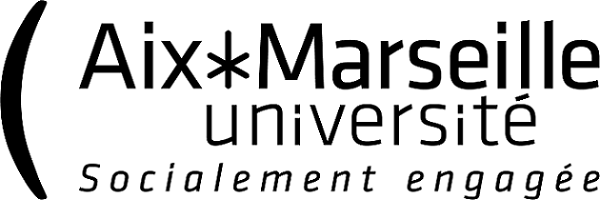Deep-Learning Segmentation of Epicardial Adipose Tissue Using Four-Chamber Cardiac Magnetic Resonance Imaging
Résumé
In magnetic resonance imaging (MRI), epicardial adipose tissue (EAT) overload remains often overlooked due to tedious manual contouring in images. Automated four-chamber EAT area quantification was proposed, leveraging deep-learning segmentation using multi-frame fully convolutional networks (FCN). The investigation involved 100 subjects—comprising healthy, obese, and diabetic patients—who underwent 3T cardiac cine MRI, optimized U-Net and FCN (noted FCNB) were trained on three consecutive cine frames for segmentation of central frame using dice loss. Networks were trained using 4-fold cross-validation (n = 80) and evaluated on an independent dataset (n = 20). Segmentation performances were compared to inter-intra observer bias with dice (DSC) and relative surface error (RSE). Both systole and diastole four-chamber area were correlated with total EAT volume (r = 0.77 and 0.74 respectively). Networks’ performances were equivalent to inter-observers’ bias (EAT: DSCInter = 0.76, DSCU-Net = 0.77, DSCFCNB = 0.76). U-net outperformed (p < 0.0001) FCNB on all metrics. Eventually, proposed multi-frame U-Net provided automated EAT area quantification with a 14.2% precision for the clinically relevant upper three quarters of EAT area range, scaling patients’ risk of EAT overload with 70% accuracy. Exploiting multi-frame U-Net in standard cine provided automated EAT quantification over a wide range of EAT quantities. The method is made available to the community through a FSLeyes plugin.
Origine : Fichiers produits par l'(les) auteur(s)


